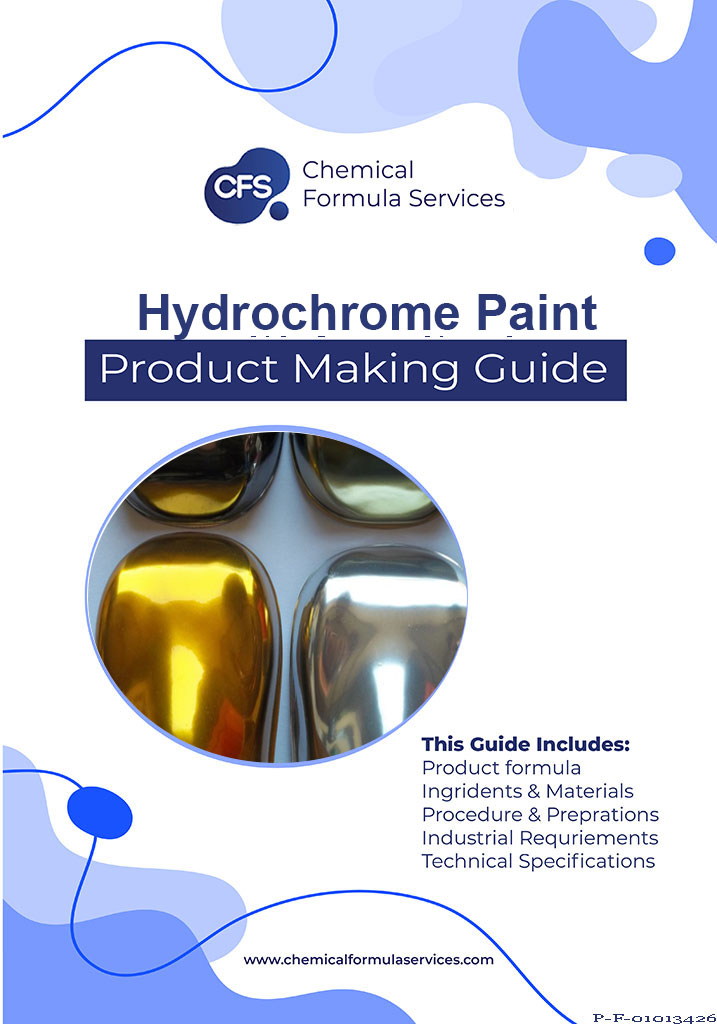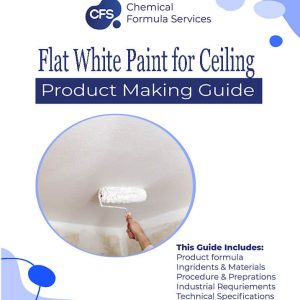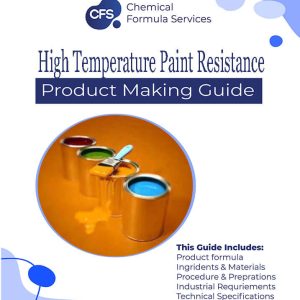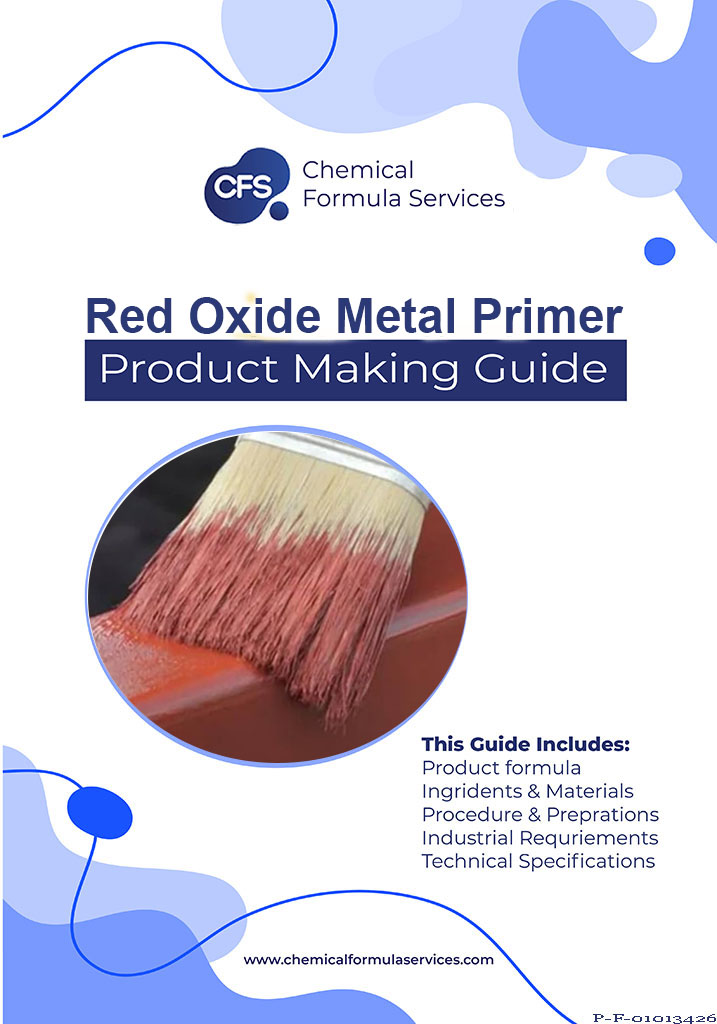Hydrochrome Paint Formulation
$ 90
Price:90.0$
Description
Hydrochrome paint formulation, or more commonly known as chrome-effect or mirror-effect paint, is a specialized coating system that creates a reflective surface similar to that of a metal chrome finish. The formulation and application process for hydrochrome paint is complex and typically involves several components, including a base coat, a silvering solution, and a topcoat for protection.
While the exact formulations are proprietary and vary by manufacturer, a basic overview of the components involved in a generic hydrochrome paint system is as follows:
- Base Coat: The base coat is usually a black or dark-colored paint that provides a smooth, opaque background. It’s crucial for achieving the depth and reflectivity associated with a chrome finish. This layer must be perfectly smooth and free from imperfections to ensure a mirror-like finish.
- Silvering Solution: The silvering process involves applying a solution that contains silver nitrate or other silver compounds to the surface. When this solution is exposed to a reducing agent, it deposits a thin layer of metallic silver onto the base coat. This is what gives the hydrochrome its reflective quality. The silvering solution often comprises two parts that are mixed immediately before application:
- The silver solution, containing silver nitrate.
- The reducer, which reacts with the silver solution to deposit metallic silver.
- Top Coat: After the silver layer is applied, a clear top coat is used to protect the reflective surface from oxidation, abrasion, and other environmental factors. This top coat can be either water-based or solvent-based and may need to be applied in several layers to achieve the desired level of protection and finish.
Troubleshooting in Hydrochrome paint making product
- Poor Adhesion of the Base Coat
- Inconsistent Silver Layer Reflectivity
- Orange Peel or Rough Texture
- Yellowing of the Top Coat
- Bubbling or Pinholes in the Coating
- Cracking or Delamination
- Poor Durability or Scratch Resistance
- Difficulty in Achieving Uniform Silver Effect
This comprehensive formulation guide is suitable for both industrial-scale and small-scale hydrochrome paint making. It covers every aspect of the process, from ingredient selection to mixing and application techniques, tailored to yield versatile products that excel in quality and performance.
Embrace the change that leads to perfection. Get your hands on our hydrochrome paint making formulation guide now and witness the remarkable difference it brings to your products.









